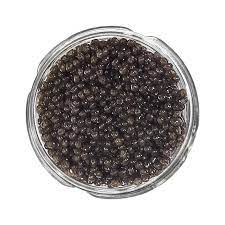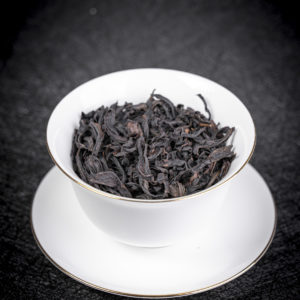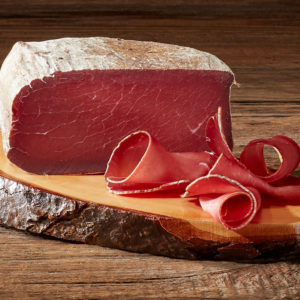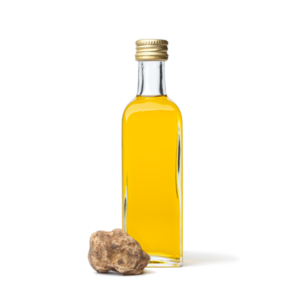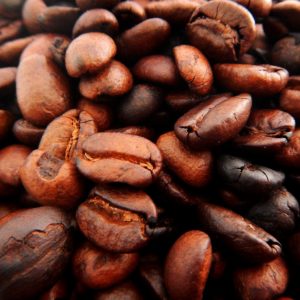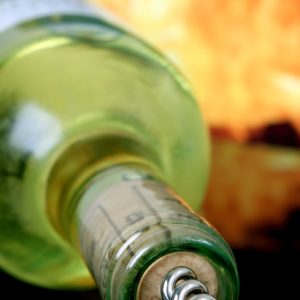Description
Siberian Caviar
After flooding the world with its vodka, then its fruits and vegetables, Poland is now embarking on luxury food with caviar, a commodity as rare as it is expensive. Dressed from head to toe in a sterile overall, a worker bends with extreme attention over a sieve filled with Siberian and Russian sturgeon eggs to extract, using tweezers, the remains of gonads which could alter the taste of the caviar.
At the Rus fish farm in northern Poland, we don’t mess around with hygiene. “We produce fresh, unpasteurized caviar, and it must be avoided that it comes into contact with the slightest bacteria”, explains Marek Szczukowski, chairman of the board of directors of the farm. “The taste of caviar strongly depends on the quality of the air, the water, its temperature, the food, but also on the technology for obtaining the eggs”, he explains.
The operation therefore takes on the air of a hospital. The room where six women work the precious seeds, whose color varies from golden brown to black and olive, is worthy of an operating theatre. All the instruments, the walls, the floor and even the ceiling are made of stainless steel. It is forbidden to enter without having taken a shower, without a mask on the nose and face, without a cap on the head or a suit that covers the whole body. The air is renewed 20 times per hour. Every night, the room is sterilized for six hours.
Crystal clear water: outside, in canals fed by the crystal clear water of the Lyna River, thousands of sturgeons move about, slender and muscular bodies, pointed snouts for the Siberian sturgeon, a little more rounded for the Russian, more prized and well more expensive. Each female weighs between 10 and 20 kilos. The eggs represent some 12% of their weight. Before arriving in Rus, the sturgeons spend the first seven or eight years of their lives in the fish farm of the parent company in Goslawice.
